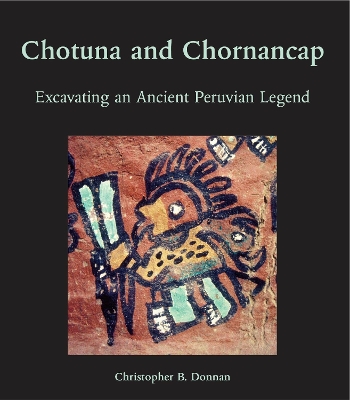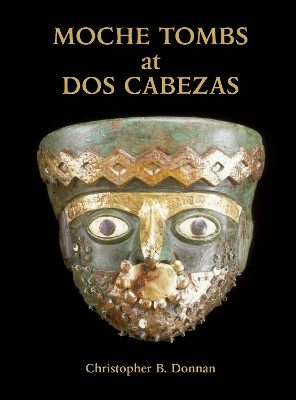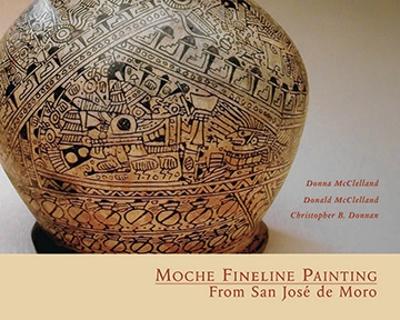Monographs
1 primary work • 3 total works
Book 70
Christopher Donnan's Chotuna and Chornancap: Excavating an Ancient Peruvian Legend, explores one of the most intriguing oral histories passed down among ancient Peruvians: the legend of Naymlap, the founder of a dynasty that ruled the Lambayeque Valley of northern Peru centuries before European contact. Naymlap is said to have built his palace at a place that many now consider to be the archaeological sites of Chotuna and Chornancap. In an effort to test the validity of the Naymlap legend, Donnan directed extensive archaeological excavations at Chotuna and Chornancap--completing plans of the monumental architecture, mapping and excavating most of the major structures, and developing a chronology for the sites. This book presents the results of these excavations and demonstrates the extent to which the archaeological evidence correlates with the sequence of events described in the Naymlap legend.
Moche civilization flourished on the north coast of Peru between approximately AD 100 and 800. Although the Moche had no writing system, they left a vivid artistic record of their beliefs and activities in beautifully modeled and painted ceramic vessels, remarkable objects of gold, silver, and copper, sumptuous textiles, and carved and inlaid bone, wood, and stone. Tens of thousands of these objects can be seen today in museums and private collections throughout the world. Unfortunately, nearly all of them have been looted from Moche tombs by grave robbers, and thus there is no record of the grave, or the archaeological site, or even the valley from which they came. This lack of information severely limits what could have been learned about the Moche if the graves had been excavated archaeologically and their contents systematically recorded. This study focuses on five extraordinary Moche tombs that were archaeologically excavated at the site of Dos Cabezas. The tombs are remarkable not only for the wealth of objects they contained but also because we know how the tombs were constructed, how they relate to one another both spatially and temporally, and what individuals they contained. The tombs provide an unusual opportunity to understand aspects of Moche funerary practice that are lost when tombs are looted, and to appreciate the extraordinary artistic and technological sophistication of this ancient Peruvian civilization.
Moche Fineline Painting From San Jose De Moro
by Christopher B. Donnan, Donald McClelland, and Donna McClelland
Published 1 June 2007
Moche civilization flourished on the north coast of Peru from AD 200 to 800. Although the Moche had no writing system, they left a vivid artistic record of their beliefs and activities on intricately painted ceramic vessels, several thousand of which are scattered in museums and private collections throughout the world today. Unfortunately, nearly all were looted by grave robbers so their origin and context are unknown. In recent years, however, through a combination of archaeological excavation and stylistic analysis, it has been possible to identify more than 250 painted vessels from the site of San Jose de Moro. To date, this is the largest sample of Moche art from a single place and time. Thus it provides a unique opportunity to identify a distinct sub-style of Moche ceramics, and to assess its range of artistic and technological variation. Moreover, within the sample it is possible to identify multiple paintings by 18 different artists, thus elucidating the range of subject matter that an artist would paint, as well as the variation in the way he would portray the same scene. By discussing and illustrating more than 200 painted vessels from San Jose de Moro, this volume provides insights about a community of ancient Peruvian potters who shared a distinctive painting style and left a fascinating record of their achievement.


